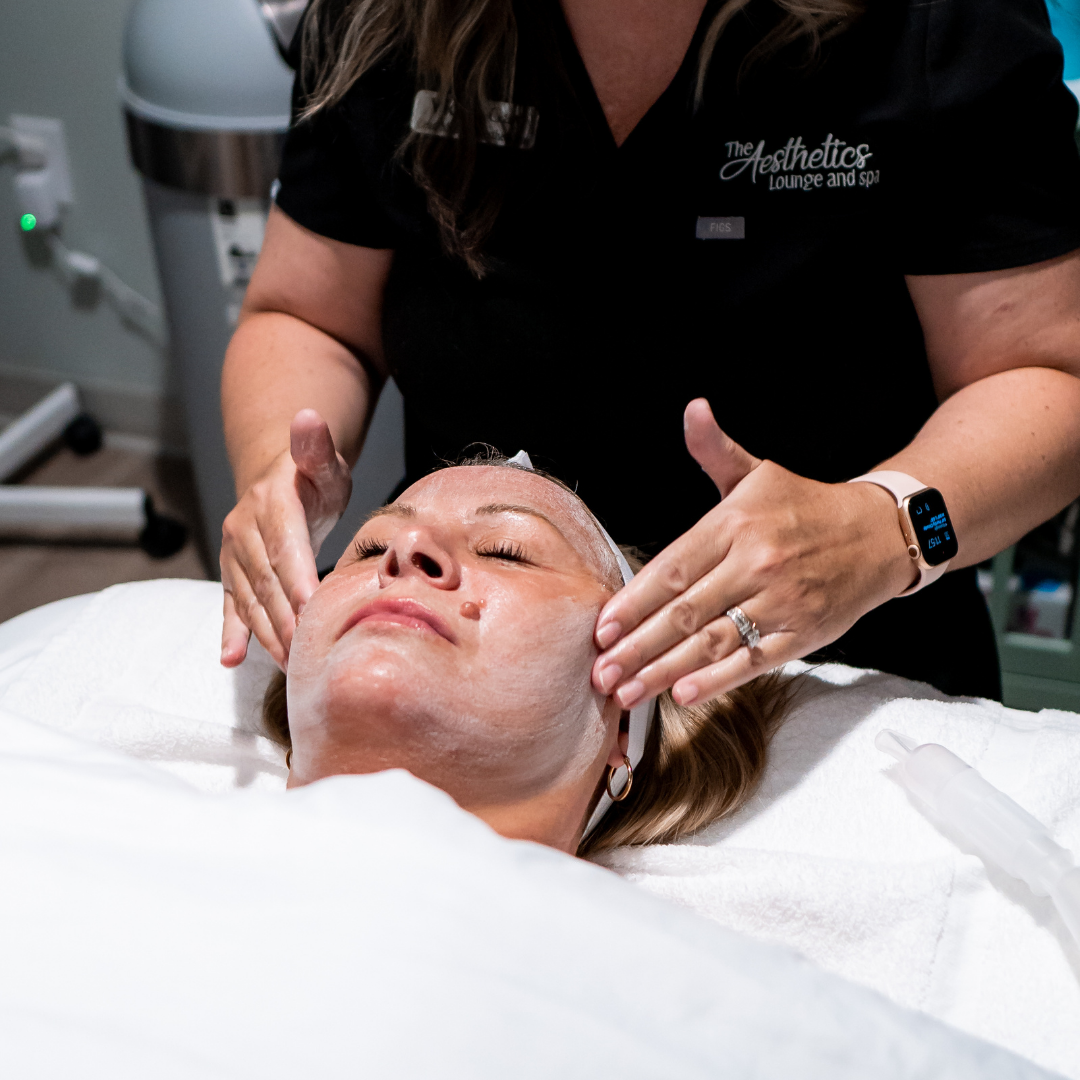
Your Guide to the Different Types of Chemical Peels
Most women start seeing signs of aging on their skin in their 40s. As this happens, many women look for ways to slow down the aging process. After all, most women don’t find wrinkles and sun spots all that appealing.
Fortunately, you can reduce wrinkles and slow the visible signs of our natural aging process through chemical peels. You can choose from many types of chemical peels. First, you’ll need to select the right style for your skin.
Here is a guide to help you learn the various types of chemical peels you can choose.
Chemical Exfoliation
Layers of skin continue building as we age. But people use a chemical peel to remove the dried, dead layers. One method for this is chemical exfoliation.
A chemical exfoliation peel might use one of the following acids:
- Lactic
- Malic
- Retinoid
- Salicylic
- Glycolic
Many people, women in particular, use these products at home to exfoliate their skin regularly. However, using them daily can harm your skin. Thus, most experts recommend using chemical exfoliation weekly or biweekly.
Using these peels properly will make the skin look and feel healthier, with that glow we all know and love.
Superficial
Superficial peels (also called “light peels”) target the epidermis. The epidermis is the outer layer of skin you can see and feel.
These peels are among the mildest types of chemical peels. As a result, these are ideal for someone new to skin treatment procedures.
Superficial peels often use salicylic acid but might use a different chemical—people who get these notice a reduction in pigment issues and fine wrinkle lines.
There is little downtime after a superficial peel due to its mild nature.
Alpha Hydroxy Acid
Women with deeper wrinkles, spots, and lines might try alpha hydroxy acid (AHA) peels. These peels offer visible results for these issues but are more potent than other types.
One unique trait of AHA peels is the ingredients they contain. AHA peels use glycolic acid, which comes from sugar. They also use lactic acid, which comes from milk.
AHA peels also offer effective results for people with acne. Thus, they’re highly versatile for many skin issues.
After getting an AHA peel, you might notice redness on your skin. Your skin might also feel dry and peel over the next few days.
Beta Hydroxy Acid
Some women struggle with problems relating to their pores. For example, some people experience clogged pores. However, others experience large pores.
Beta hydroxy acid (BHA) peels are ideal for people with pore issues. These peels assist with opening and cleaning the pores, leaving them healthier and normal.
Additionally, BHA peels help people with keratosis pilaris and other skin blemishes. These peels also leave skin with some redness and tenderness afterward, but the results are beautiful.
Try These Types of Chemical Peels
You might wonder which to choose as you consider the various types of chemical peels. The best way is to consult with an aesthetician. They can look at your skin and recommend the correct chemical peels just for your skin type.
Contact us to schedule a consultation and learn more about your options. We offer chemical peels along with so many other skin-related treatments and services.



Leave a comment